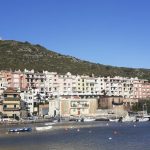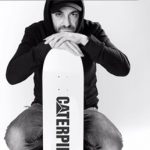"Non-objective painting soon became part of the processes, with expressive colors and brushstrokes that seek harmony and a certain sonority in each composition as a way of translating her perceptions of the world. Side by side with the painting are the drawings made with different materials in contrast to the acrylic paintings sometimes adopting figurative forms. For Shee, art transcends cultures, concepts, ideals and time itself, connecting us with all that we are. Her purpose is to unveil the new, and expand this connection."
This is the bio of Brazilian Artist Sheila Cristina. I have had the honor to have an intimate chat with this talented artist (watch the paintings in the articles and take a look by yourself).
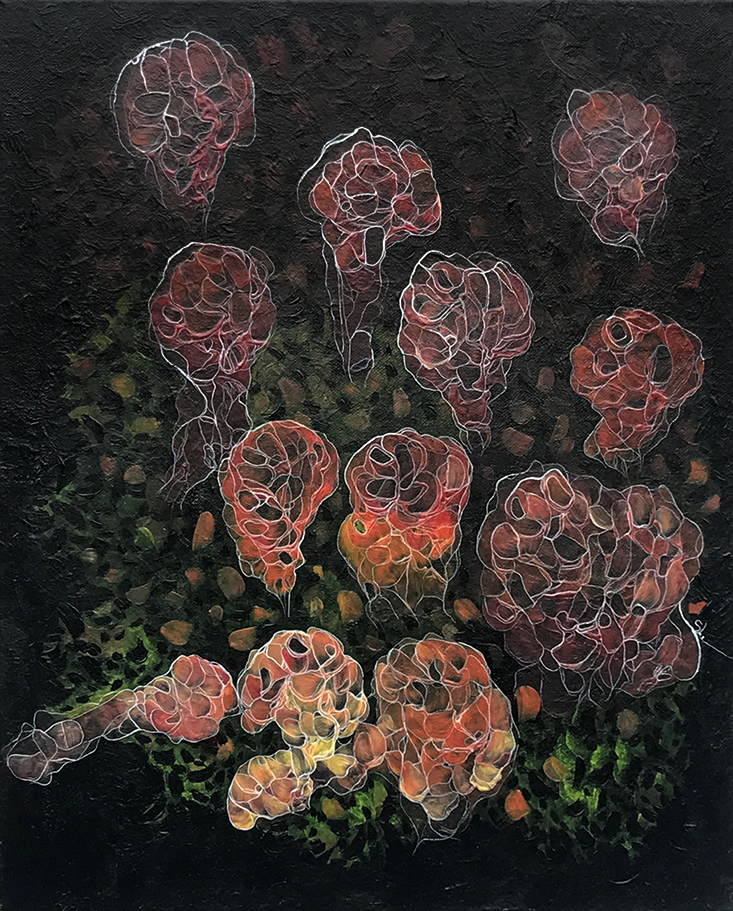

Where does your passion for painting comes from?
I think it was a passion that came little by little and grew with each work. Painting has always been a challenge for me, I’m aways learning. I’ve been drawing since I was a child, but painting came later in my life. I always liked to explore contrast in my work and there came a time when I needed to do this also through the colors, textures and tones that painting manages to provide, in addition to the relationship with the canvas, the brush and movements. All this feeds me in painting.

How did you approach to drawing?
The drawing came in childhood. My mother worked at a book publishing company and used to bring home books and blank notebooks for my brother and me to draw. I remember seeing the illustrations in children’s books and trying to create my own stories sometimes by copying the characters, sometimes creating my own drawings. When I finished Digital Design College I took drawing classes to improve my techniques and ended up discovering a more artistic language. As I explored, this language made more and more sense and I decided to dedicate myself to it.
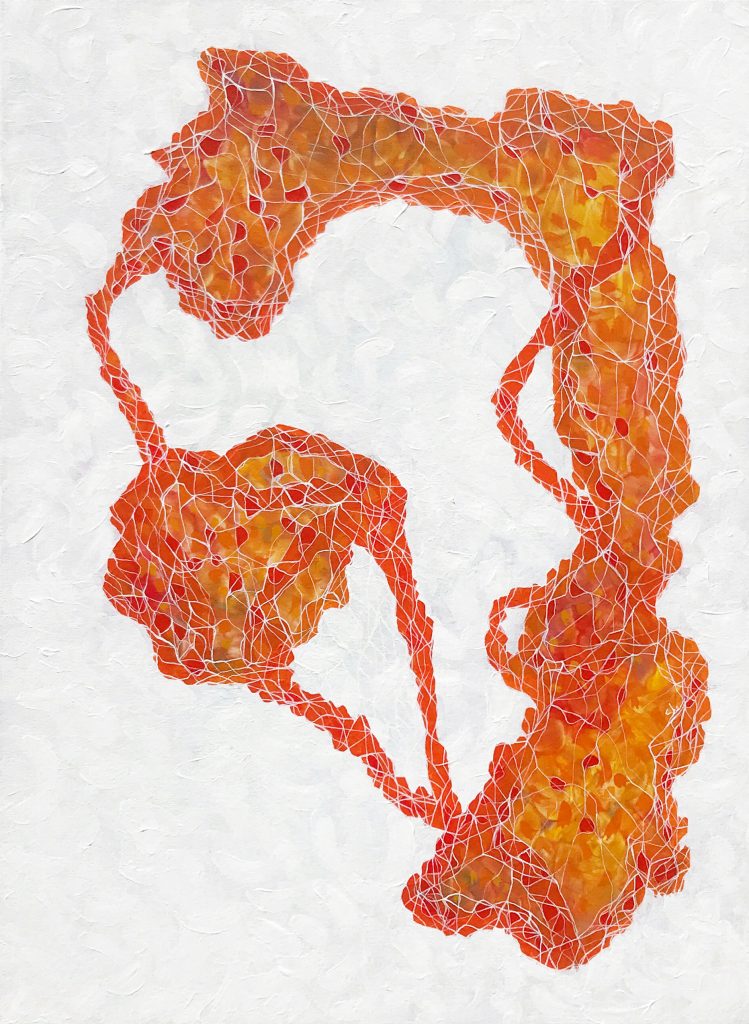
Could you describe to my readers which is your creative process and in which phases your creativity bringed you to?
My creative process is constant, I am all the time absorbing what is around me. I never know what I’m going to create exactly, but there are intentions that are constantly maturing. Some make more sense than others or speak louder and take shape when I start a new work. I start working very freely, without sketches or previous drawings. I have an intention, a color or a movement in mind that is the starting point. The beginning is always more intense and the ending more relaxed and detailed, but the middle of the process it’s always a long conversation. I’m quite restless, so it’s common to be in two or more creative processes at the same time. I like to paint in layers, so while the paint dries I work on another drawing for example, the works end up complementing each other. I had completely experimental creative phases, where my focus was testing materials and their possibilities, and I have more introspective phases where I spend months on a single series. They are like necessary and organic seasons, I try to respect and enjoy each one.
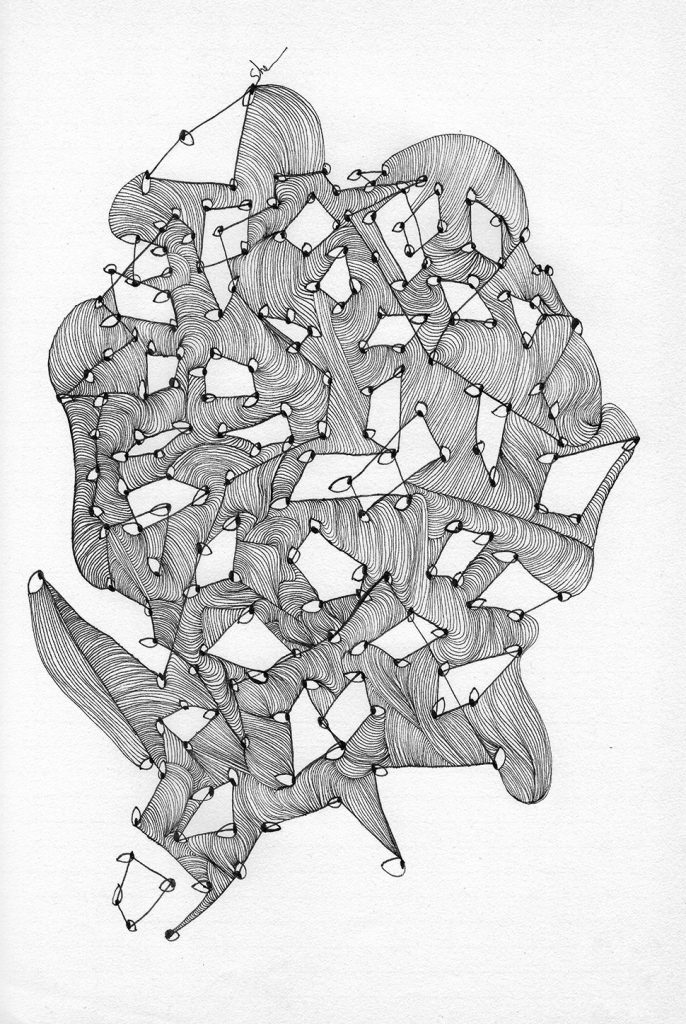
While exploring with layering on canvas and brushing to obtain such remarkable textures, my next question is what role does materiality have in your art?
The choice of material is an important part of my compositions, but it is not their emphasis. When I create a work, my focus is usually on the creative vision and what I am looking to represent or express, there is no symbolism associated with the material used. The material is sometimes my guide and leads me to a certain part of the process, other times it has the role of finishing the work in a specific way and, speaking like that, it seems that the material could be the protagonist, but in the end the work is not about it or about colors and shapes, is a set of things. I try to achieve this balance between the elements, like in an orchestra, where the instruments complement each other.

Did your mother’s work has influenced somehow the subjects that you paint?
It didn’t directly influence the subjects I create today, perhaps it had more influence on my creative development in general. I think her work influenced me mainly because I had access to a variety of books and was encouraged to draw from an early age with the blank notebooks she brought home. I had access to entire collections of children’s books with their characters and stories, and the ludic visuals of everything always caught my attention for its colors and shapes. This definitely played a big role in my imagination and creative training.
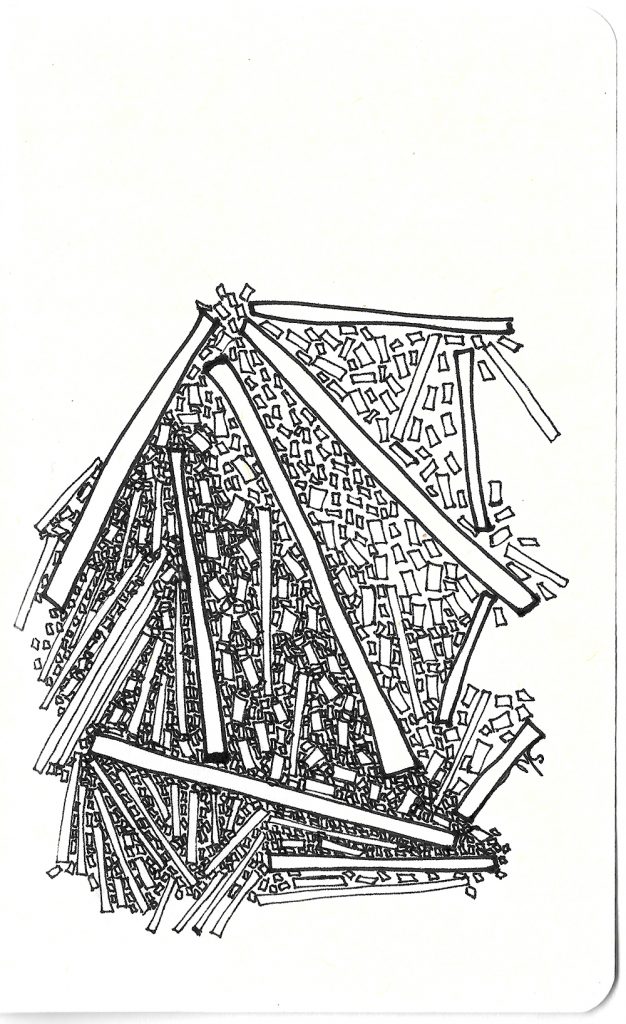
So, it seems that in your creative process everything comes up from your imagination. is that correct? Have you ever thought about painting something that you are observing?
Almost, maybe it’s a mix of imagination and sensations that I try to export to work. I think my creations don’t really respect what I imagine, they always follow a different path. It’s funny that you talk about observation drawings, because the beginning was basically like that, I used to just do observation drawings. First copying other drawings when I was a child and then to improve my techniques I studied observation drawing for a long time. I had a huge difficulty in drawing from my imagination (I still do), I had already given up at a certain point until I started trying out some exercises to free the line and it started to work. Maybe that’s where this non-objective organic language comes from, that’s how I managed to free my art.
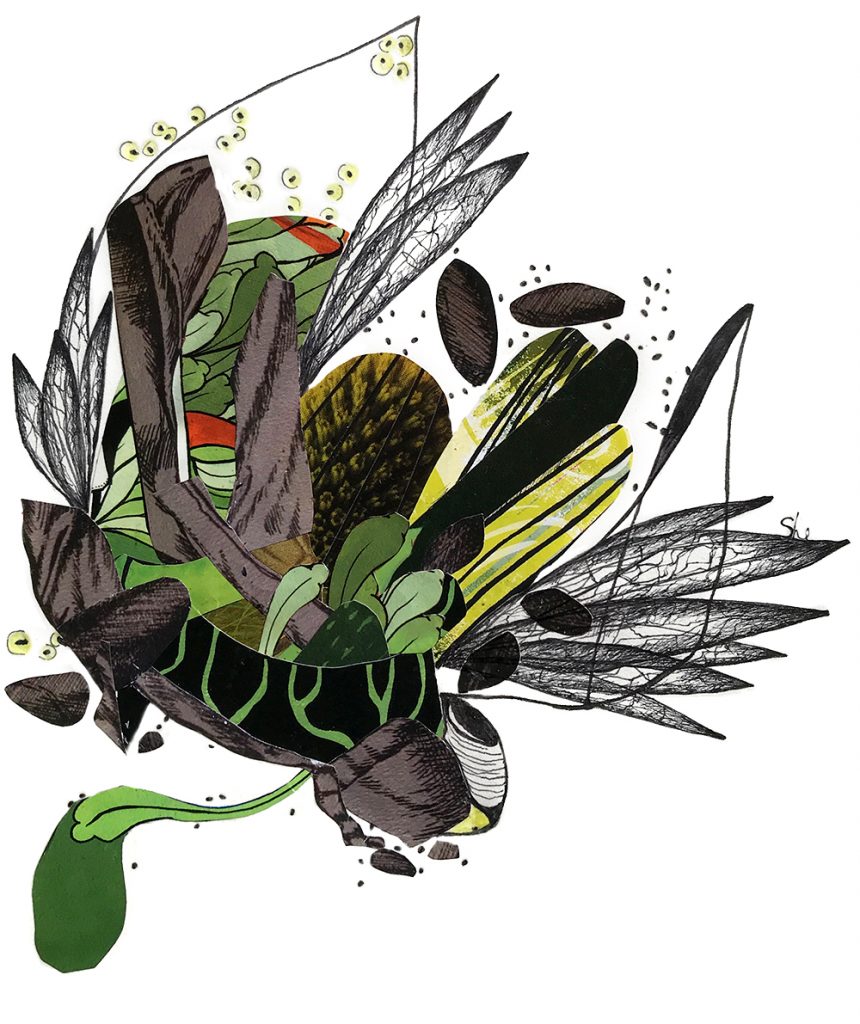
Last but not least, what is your feeling about the relationship between artist and gallery or curator?
I have great respect for anyone in the art world who has a real interest in art. I’ve had wonderful relationships with curators and gallery owners who helped me and made me grow a lot as an artist and on other occasions the exchange was not so good, but I learned something anyway. I think over time you will learn to trust yourself and know what has to do with you and what doesn’t. It’s impossible not to say that with the technology available today the artist is able to do a lot independently or through collaborations. You don’t need to wait for a gallery to exhibit your work or even sell it. You don’t have to wait for the gallery in order to exist as an artist. This is liberating. But I like to think that those in the art world with an open mind can come together and complement each other’s work. The traditional model adopted in the past no longer fits today, and that’s okay, art is exactly traveling through time and unveiling the new.
© Riproduzione riservata

